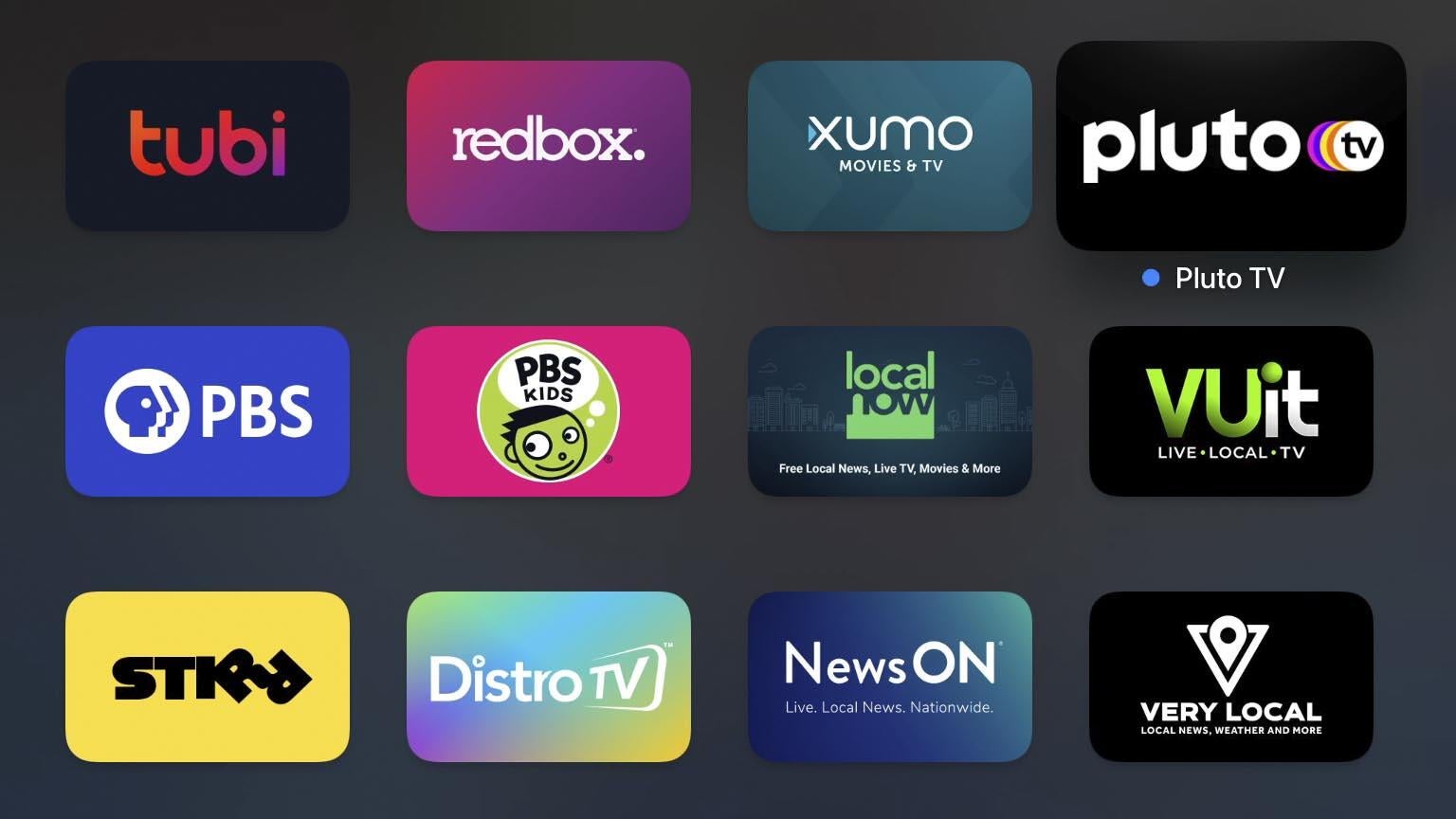Customers Are Opting to Stack Free Streaming Services Instead of Paid Services as Prices Continue to Rise
With subscription streaming costs likely to continue climbing, American audiences are turning to free streamers at a faster and faster rate.

Stacking subscription video-on-demand (SVOD) services was incredibly common when the most expensive streamers on the market were less than $10 per month. Even today, customers still pay for multiple streaming accounts; a recent Forbes survey found that 95% of Americans pay for more than one streaming service at a time, but data recently made public by Omdia Research indicates that customers in the United States are even more willing to stack free video platforms as SVOD prices increase.
- Viewers in the United States stack around three paid streaming services each.
- Audiences are using more than six free video platforms per person, including YouTube, Pluto TV, and TikTok.
- There is a wealth of data to support the idea that American viewers are deeply committed to free, ad-supported streaming.

Essentially all of the top streaming services on the market have increased their subscription prices for ad-free streaming in the past year, and The Streamable’s experts predict that more price increases are on the way. It’s a natural reaction that viewers would seek out more cost-free options, and Omdia’s new data shows that’s exactly what’s happening.
Omdia surveyed audiences in the United States and the United Kingdom in November 2023 and compared the numbers to information gathered over the preceding two years. It found that the number of paid subscription services per customer in both countries has declined, while the number of free video sources viewers are stacking has increased steadily. In the U.S., viewers were watching an average of more than six free streaming sources, compared with around three paid services each.

The data from Omdia includes free ad-supported streaming services like Pluto TV, Tubi, and The Roku Channel, as well as social video platforms like YouTube and TikTok and free ad-supported TV (FAST) channels and free broadcast TV networks. The one thing all these sources have in common is that they offer ads alongside whatever type of video they provide. The data reinforces numbers from Nielsen, which demonstrates that YouTube is the most popular video source in the United States month in and month out. In January of 2024, YouTube accounted for 8.6% of total TV viewed in the U.S.; the subscription video service with the highest percentage of TV time was Netflix, at 7.9%.
Ad-Supported Streaming is Here to Stay

The days of customer resistance to streaming with ads are not quite over; a recent survey from Bango found that 36% of Americans had paid to upgrade to an ad-free plan once ad tiers were introduced on the service in question. But Omdia’s data shows that customers are more than willing to take ads on to keep their entertainment budgets under control, and other recent surveys back up that notion.
A study conducted by Tubi and The Harris Poll which became available earlier this week shows that 58% of viewers prefer ad-supported plans of paid streaming platforms to ad-free. Sixty-two percent said they would rather watch a free, ad-supported streamer than pay for a video subscription, as the average amount spent on TV and video each month hits $120.
How can the large segment of customers who have paid to go ad-free be reconciled with the number of viewers who prefer to stream free with commercials? Customers are likely identifying the one or two streaming services that they value most, and subscribing to ad-free plans on those platforms while adopting ad-supported plans or free streaming services alongside to keep costs more manageable. There’s a wide range of free and paid streamers consumers can stack to keep their entertainment expenses in check.
November of 2023 saw subscriptions to paid, ad-supported streaming plans surpass subscriptions to ad-free plans for the first time in history. The spread of ad-supported streaming, whether paid or free is no longer a trend, it’s a fact that streaming services and customers must acknowledge as the market evolves.
Omdia’s new research is just further confirmation of that fact. “The appetite for free content is ever-increasing and the major streamers are clearly leaning into this as a strategy; by the end of 2024, all major SVOD services will have advertising tiers,” said Omdia Research Director Maria Rua Aguete.
